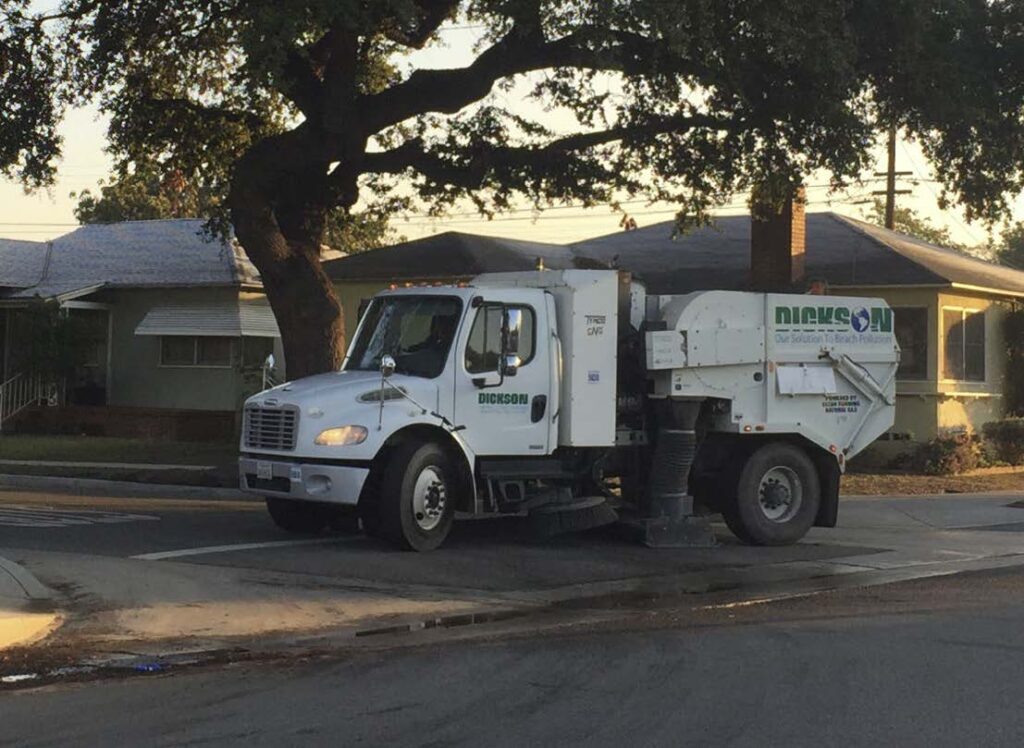Southern California’s stormwater management community relies on street sweeping as part of a suite of non-structural BMPs for reducing contamination in runoff and improving downstream water quality.
Street sweeping’s primary role is to remove unsightly debris from roadways that can clog storm drain systems, but managers have long assumed that street sweeping also helps remove trace heavy metals, bacteria, nutrients, sediment, and other common stormwater pollutants from roadways.
In deciding to study street sweeping’s effectiveness at pollution removal, the SMC considered more than two dozen non-structural BMPs. Other examples of non-structural BMPs include catch basin cleaning, targeted public outreach, and disconnecting impervious surfaces from storm drain systems.

During a 2022 workshop, the SMC reached consensus on two top non-structural BMPs that the SMC could study with the specific intent of developing quantitative evidence on pollutant removal: street sweeping and catch basin/drain inlet cleaning.
The SMC then greenlit the street sweeping study, launching a two-year project to develop a technically rigorous method for quantifying the effectiveness of routine street sweeping in removing contaminants that would otherwise enter storm drains and contribute to runoff pollution.
The SMC also has developed a conceptual scope of work for a study to quantify the role that cleaning out catch basins plays in reducing the levels and types of pollutants entering storm drain systems. Stormwater managers could then use these insights to optimize how and when they conduct these routine cleanout activities. This study is described in an SMC report summarizing the 2022 non-structural BMP workshop (see Appendix E).
